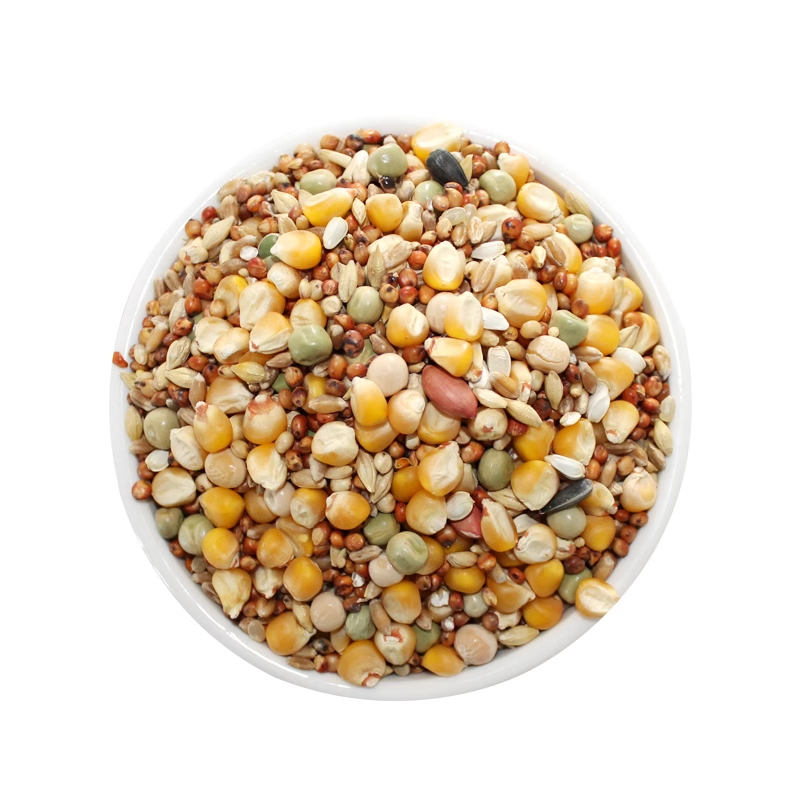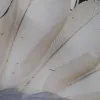
Nutritional Deficiencies That Worsen CRD in Pigeons
Nutritional Deficiencies That Worsen CRD in Pigeons
Chronic Respiratory Disease (CRD) is one of the most common and frustrating health issues in racing pigeons. It’s not just the coughs, sneezes, and rattling chest sounds that are worrying—it’s the long-term impact on racing performance, recovery, and overall loft health.
But here’s something many fanciers overlook: Nutritional deficiencies—especially in vitamins A, E, and selenium—can make CRD worse and slow down recovery dramatically.
In this in-depth guide, we’ll explore how a lack of key nutrients weakens the respiratory system, how to spot the signs of deficiency, and what you can do to support your pigeons using diet and supplements like PHP Respiratory Boost.
Let’s help your birds breathe better, race stronger, and recover faster.
What Is Chronic Respiratory Disease (CRD)?
CRD is a persistent respiratory condition in pigeons caused by a combination of Mycoplasma bacteria, Chlamydia psittaci, and sometimes secondary infections from E. coli or viruses like paramyxovirus. It affects the upper and lower respiratory tract—sinuses, trachea, air sacs, and lungs.
Symptoms of CRD in Pigeons:
-
Sneezing and nasal discharge
-
Wet eyes and swollen sinuses
-
Open-mouth breathing
-
Wheezing or crackling sounds
-
Reduced race performance
-
Delayed post-race recovery
-
Puffed-up posture and lethargy
While medications like tetracycline, tylosin, or doxycycline can help suppress bacterial agents, they do not heal the respiratory lining or restore immune strength—and that’s where nutrition comes in.
The Role of Nutrition in Respiratory Health
A pigeon’s respiratory tract is lined with mucous membranes that trap pathogens and particles, and it relies on tiny hair-like cilia to move mucus out. These defenses are fragile—and vitamin and mineral deficiencies can damage or weaken them, making pigeons more prone to infection and less able to recover.
The three key nutrients you must pay attention to are:
-
Vitamin A – Maintains the integrity of mucous membranes and supports the regeneration of respiratory tissues.
-
Vitamin E – Acts as an antioxidant, protecting lung tissue from inflammation and oxidative stress.
-
Selenium – Works with vitamin E to neutralize free radicals and boosts white blood cell activity.
How Nutritional Deficiencies Make CRD Worse
Let’s break down what happens when each of these nutrients is missing or low in your pigeons’ diet.
Vitamin A Deficiency
Vitamin A is essential for maintaining healthy mucosal linings, including those in the nasal passages, throat, and lungs. Without it:
-
The mucous membranes dry out, lose their protective barrier, and become prone to microtears.
-
Cilia movement slows down, which means dust, bacteria, and viruses accumulate.
-
The immune response is weakened, especially in the sinuses and lungs.
In CRD pigeons, this leads to:
-
More frequent sinus blockages
-
Slower healing after antibiotic treatment
-
Higher risk of secondary infections
Vitamin A deficiency is especially common in pigeons fed on grain-only diets without greens, cod liver oil, or vitamin mixes.
🟢 Vitamin E Deficiency
Vitamin E is a powerful fat-soluble antioxidant that helps prevent inflammation in the lungs and sinuses.
Without enough vitamin E:
-
Lung and air sac tissues are more vulnerable to inflammatory damage caused by chronic infection.
-
Recovery from racing or illness takes longer.
-
Immune cells become less effective at fighting off respiratory invaders.
In pigeons with CRD, a vitamin E deficiency can lead to prolonged wheezing, shortness of breath, and reduced race stamina.
Selenium Deficiency
Selenium works in synergy with vitamin E. It’s a trace mineral that:
-
Enhances the production of glutathione peroxidase, an enzyme that protects lung tissue.
-
Boosts the activity of neutrophils and macrophages, immune cells that kill bacteria and viruses.
Low selenium = slower immune response = longer-lasting infections.
A lack of selenium in CRD pigeons leads to:
-
Chronic coughing and discharge
-
Greater sensitivity to airborne irritants like dust or ammonia
-
Weak response to antibiotic treatments
Signs of Vitamin and Selenium Deficiency in Pigeons
Watch for these warning signs, especially during or after respiratory illness:
| Deficiency | Visible Signs |
|---|---|
| Vitamin A | Watery eyes, crusty beaks, poor feather condition, nasal discharge |
| Vitamin E | Lethargy, muscle weakness, poor coordination, prolonged recovery |
| Selenium | Chronic infections, poor hatchability in breeders, slow healing |
What Makes These Deficiencies More Likely?
Pigeons may fall into deficiency due to:
-
Grain-only diets without proper fortification
-
No access to greens, oils, or supplements
-
Stress from racing, molting, or illness that increases nutrient demand
-
Poor loft air quality (dust, ammonia), which causes inflammation
-
Antibiotic use that interferes with nutrient absorption
Loft management and environmental stress play a huge role. But nutrition is the foundation of both prevention and recovery.
How to Correct These Deficiencies
Feed a Balanced Diet
A proper feed mix should include:
-
Legumes (peas, lentils) for protein
-
Oil seeds (sunflower, safflower) for fats
-
Green supplements or sprouted grains for natural vitamins
-
Brewer’s yeast or spirulina as a natural vitamin-mineral boost
Avoid feeding plain wheat or corn long-term without adding fortified pellets or vitamin-rich feed toppings.
Use Targeted Supplements
Pigeon health supplements are the fastest way to correct vitamin and mineral deficiencies—especially during CRD outbreaks or recovery periods.
Look for products specifically enriched with:
-
Vitamin A (retinol or beta carotene)
-
Vitamin E (tocopherol)
-
Selenium (in organic form like selenium yeast)
Recommended: PHP Respiratory Boost
PHP Respiratory Boost is designed to support pigeons with:
-
Essential vitamins A & E
-
Immune-supportive selenium
-
Herbal extracts to clear airways
-
Amino acids to support tissue regeneration
Use it 2–3 times per week during the race season and daily during respiratory recovery.
Improve Loft Environment
Nutrients only go so far if the air is damaging your birds. CRD often flares up due to:
-
Poor ventilation
-
Dusty bedding (like straw or fine wood shavings)
-
Ammonia from wet droppings
-
Overcrowding
Make sure:
-
There’s constant air exchange without drafts
-
Floors stay dry and clean
-
You clean feeders, drinkers, and perches weekly
-
You rotate bedding and disinfect surfaces regularly
Prevention: Support Respiratory Health Year-Round
Here’s how to stay ahead of CRD and prevent deficiencies:
| Phase | What to Do |
|---|---|
| Pre-Race Season | Use vitamin-rich supplements like PHP Respiratory Boost to prep the respiratory system |
| Race Recovery | Add electrolytes + respiratory vitamins immediately post-race |
| Molting Period | Increase protein and add vitamins A & E to aid feather regrowth and respiratory lining |
| Breeding Season | Support breeders with selenium-rich feeds for strong squabs |
| During Illness | Combine appropriate antibiotics with immune-boosting vitamin blends |
Final Thoughts
CRD may be caused by pathogens, but its severity is often determined by nutrition. If your pigeons are fighting chronic respiratory issues, it’s time to look beyond the medicine cabinet and into the feed bucket.
A deficiency in vitamin A, vitamin E, and selenium can:
-
Worsen inflammation
-
Delay healing
-
Lower immunity
-
Sabotage racing performance
By feeding a vitamin-rich diet and using supplements like PHP Respiratory Boost, you give your birds the tools to resist infection, recover faster, and soar stronger.
-
Immune-boosting diet for racing pigeons


